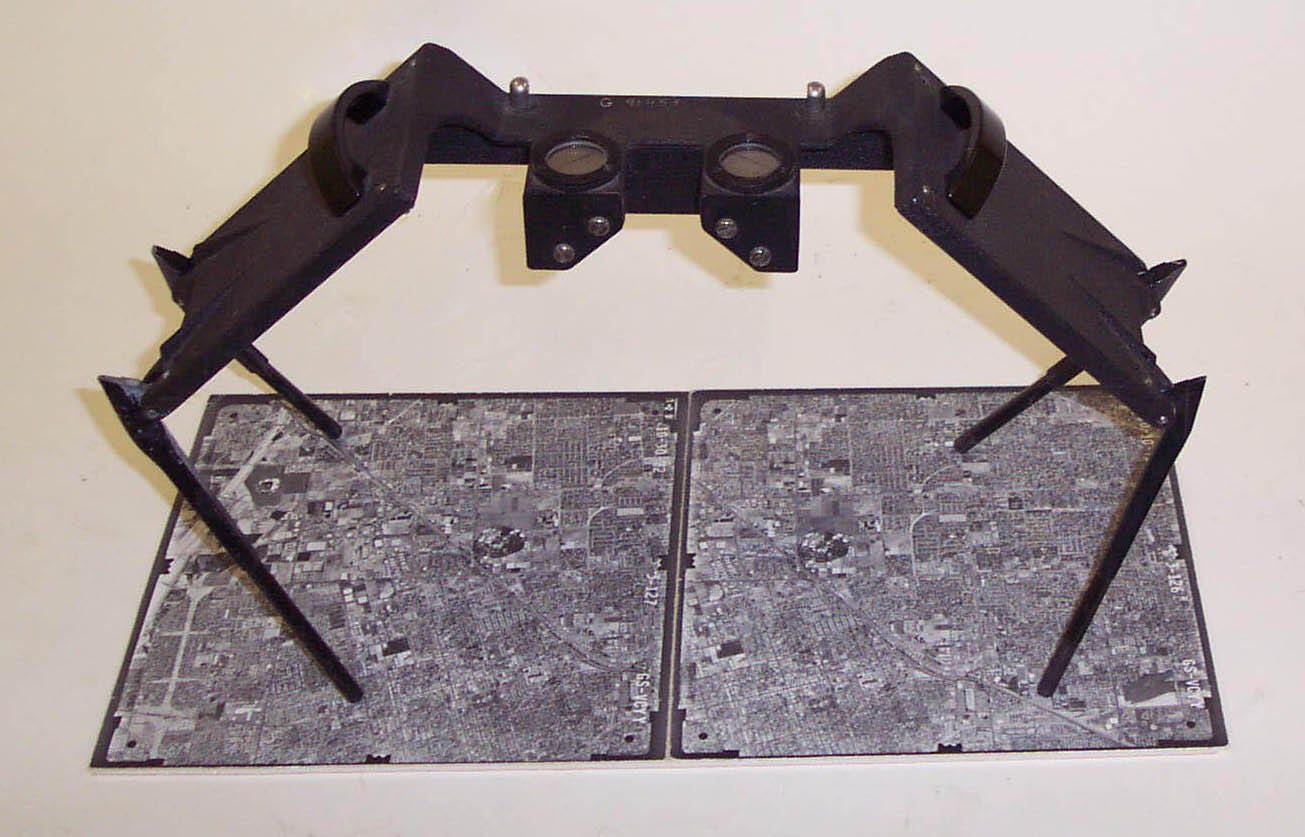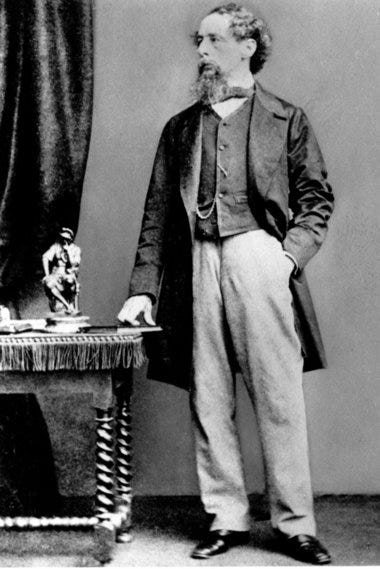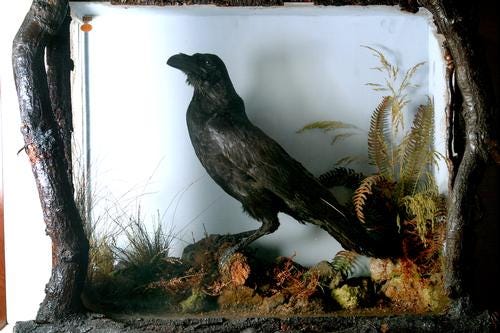Re-Fascinate Your Imagination
Lessons from Charles Dickens
Everyone should read Dickens!
G.K. Chesterton’s biography of Charles Dickens is subtitled, The Last of the Great Men. Now that I’ve finished Dickens’ fourth novel, The Old Curiosity Shop, and started his fifth, Barnaby Rudge, I have to agree. Dickens was a great man. He was great in the way he could see and describe the world. The readers of his books can learn from his “stereoscopic” perspective; a skill that is sorely needed today.
The sky was serene and bright, the air clear, perfumed with the fresh scent of newly-fallen leaves, and grateful to every sense. The neighboring stream sparkled, and rolled onward with a tuneful sound… -The Old Curiosity Shop, p. 398
He looked in a hurried manner at the graves, then anxiously at the child, then pressed her to his side, and bade her stop to rest. Something he had long forgotten appeared to struggle faintly in his mind…But he said it was nothing - nothing - and, laying her head upon his arm, patted her fair cheek with his hand, and muttered that she grew stronger every day, and would be a woman, soon. The Old Curiosity Shop, p411.
Stereoscopes give us the ability to see beyond two-dimensional photography. By combining an image for the left eye with an image for the right, we gain the ability to see beyond simple height and width. We also perceive the third dimension of depth. Dickens’s ability to describe both horror and humor in life has a similar effect.
I remember a visiting professor in my freshman political science class. I’ve no memory of his topic or how it related to the class subject. I do remember that he took us on a rabbit trail in the middle of his lecture. For some reason, he felt the need to use his bully pulpit to make it clear that bird vocalizations had nothing to do with happiness. The poets were wrong and bird song was nothing more than a biochemical reaction. It felt as though in his mind it was important to narrow our minds.
I mention this story because I experience the same reaction when I engage the content of traditional and social media today. Even contemporary novels have the same intention of narrowing our minds. We’ve learned how to see through the most obvious fear-mongering. But, at least for me, it’s so ubiquitous that, left to its own, my perception of the world narrows and my perspective closes in upon itself. In discussions with family, friends, and neighbors, it seems to be happening to them as well.
It’s not easy to open our minds again. It is even more difficult to strengthen and preserve an expansive perspective. Second to regularly reading the Bible, I’ve found that familiarizing myself with Dickens’ particular form of greatness enables me to move beyond the flat world of so much of our daily content and become intrigued again, and even re-fascinated, by the depth and wonder of the lives and issues around us.
I’ve struggled with how to share with you at least some helpful particulars from reading Dickens. I’ve decided the best way is to put them under three headings1:
his inspiration from everyday life
his use of fiction and history
his use of classical and contemporary (in his day) literature.
Dickens found inspiration in everyday life.
Many of Dickens’ stories begins with some inspiration from his frequent late night walks2 (due to insomnia). This is where The Old Curiosity Shop begins:
“Night is generally my time for walking…I have fallen insensibly into this habit, both because it favors my infirmity and because it affords me greater opportunity of speculating on of the characters and occupations of those who fill the streets.”
“Shops, in particular, set his inspiration running. It seems like every shop is the door to a story. The Old Curiosity Shop begins with that store. But it’s only the starting point. The main characters leave it behind early in the story and never return to it again.
His story includes many specific locations in London: St. Martin’s Court, Drury Lane, Long Acre, Chelsea, Spa Fields, Whitechapel, Gray’s Inn Coffee House, The Mansion House, Barclay & Co., Old Bailey, St. Giles.
Types of fashion, different modes of transportation and lyrics from more than 26 popular songs and hymns find their way into his descriptions and stories.
Food and eating meals have been central to all of Dickens’ novels thus far. I noticed in The Old Curiosity Shop that he also includes alcoholic beverages and drinking terms: Schiedam: a type of gin, purl: Hot beer with gin, sugar and spices, and heel tap: liquor left at the bottom of a glass.
There are traditional sayings, proverbs, and slang throughout his dialogue including: peg away: quarrel or fight, tin: money, hunks: miser, sparrow-grass: popular corruption of ‘asparagus,’ plucked, pigeoned: cheated or swindled, cut my stick: go or leave, spoon-meat: soft food for babies or invalids.
Dickens uses both fiction and history in his writing: Though this book is, in many ways, a metaphor or parable, it nevertheless includes real, contemporary people and issues including turmoil over the high level of unemployment in England, Sarah Biffin (1784-1850) an artist born without arms and legs who painted with her mouth, Mr. Grimaldi 1779-1837): a famous clown, Mr. Pitt (1759-1806): a well-known politician and Sir William Blackstone: Legal scholar and politician.
Dickens quotes from classic and contemporary literature: including Pilgrim’s Progress (17th century), Fielding’s Tom Jones (1868), Laurence Stern’s A Sentimental Journey (1768), Alexander Pope An Essay on Man, Daniel Defoe’s Robinson Crusoe,
The Arabian Nights (9th century), Thomas Moore’s Lalla Rookh (1817) and National Airs, and Shakespeare’s Hamlet, King Lear, Merchant of Venice, Henry V Macbeth, and
Julius Ceasar.
Let’s not forget that Dickens well knew and was inspired by the Bible: He cites many passages, both Old and New Testament, including Luke 16:19 Ch. 11, Matthew 5:45 Ch. 16, Isaiah 40:6-7 Ch. 16, Psalm 100 Ch.17 Ch. 18, Acts 17:28 Ch. 26, Ephesians 4:26 Ch. 32, Matthew 7:13-14 Ch. 41, Genesis 8 Ch. 42, I Kings 19:12 Ch. 57, Psalm 105:18 Ch.58, Genesis 3:19 Ch 72, Psalm 90:9 Ch. 73. Even the last sentence of The Old Curiosity Shop is derived from Psalm 109.
For all our days are passed away in thy wrath: we spend our years as a tale that is told. -Psalm 109:9
Such are the changes which a few years bring about, and so do things pass away, like a tale that is told! -The Old Curiosity Shop by Charles Dickens (closing sentence)
As for birds, Dickens loved them. He kept several pet birds in his lifetime; the most famous was a Raven named “Grip” who lived with him for 36 years. Grip had such an impact on Dickens that he made him a central character in the book I have just begun. Poe said Dickens’ depiction of the Raven was “intensely amusing.” It inspired Poe to write his famous poem entitled. The Raven. Poe and Dickens became friends after meeting in Philadelphia in 1842.
These are all from The Old Curiosity Shop. It is already a long list. If I included what I have learned from his first three books who knows how long it would be!
See Charles Dickens lesser known book, Night Walks.




